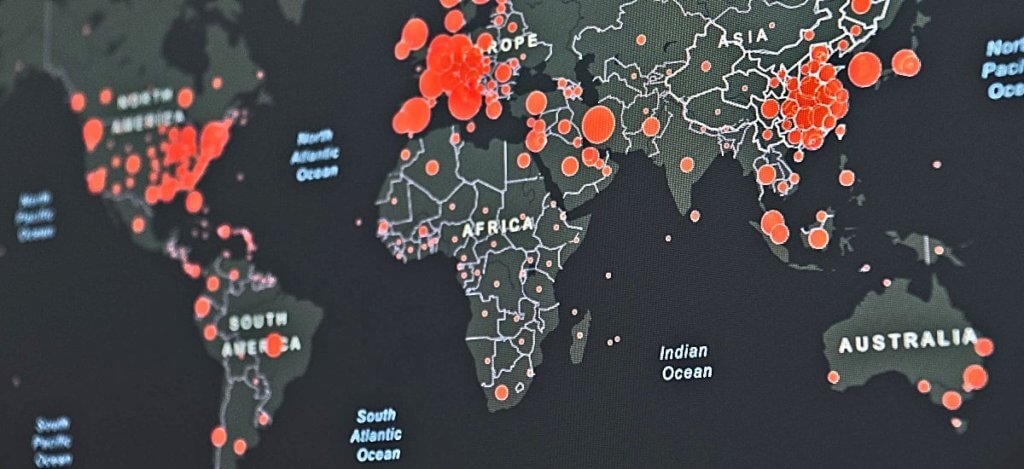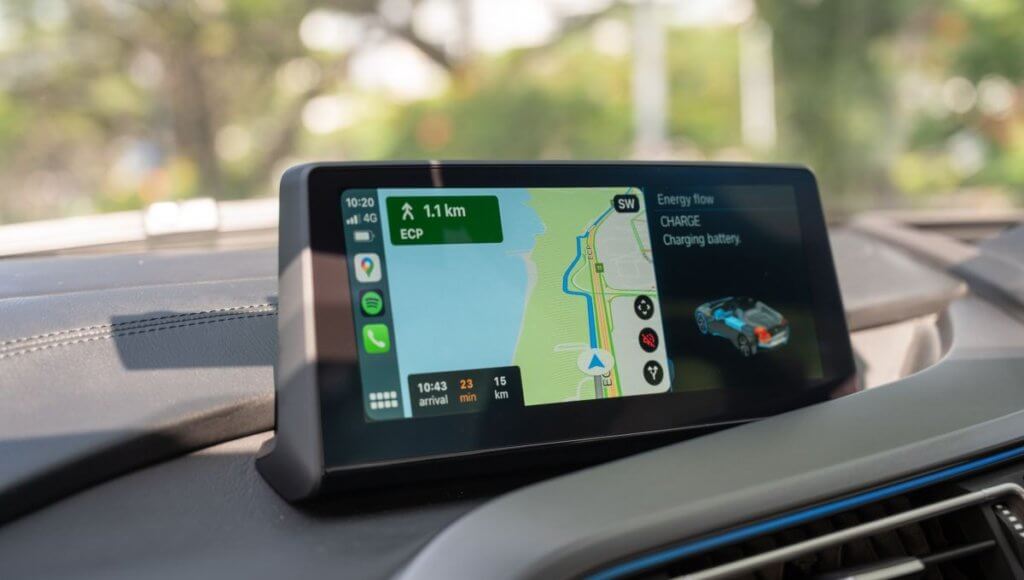6 . The Boundaryless Wisdom of Agile
Agile is about delivering value, not about checking boxes to prove we are busy

By Laura Madsen
SUMMARY
No methodology is perfect. Even Agile has its weaknesses: too many organizations use it as an excuse to allow bad behavior.
When used appropriately…
- I have seen it shift a perspective that was stagnated within a few days.
- I have seen organizations take the work they dreaded doing and turn it into a differentiator.
- I have seen people shift from detractors to champions once they found the value in building better not just building to stay busy.
The ability to maintain an amount of existential flexibility as you proceed towards your goal –as Agile allows– means that if you can allow it –if you are brave enough to face the ambiguity, if you recognize the integral importance of building better through communication and team building– then you can experience the boundary-less wisdom of Agile.
MY STORY
A couple of years ago I took a hammer to the wall above our fireplace. It was an empty box that jutted out into the room and I just didn’t like it.
My husband walked in and calmly asked what I was doing. I explained to him what I wanted, and he took over, while saying that something about me with a sledgehammer in the vicinity of gas lines made him nervous. Go figure.
As often happens with construction projects –I watch a lot of HGTV– we had to pivot a few times.
The ceiling and walls were damaged in my enthusiasm to rip stuff apart. The box that was remaining was not built to hold much weight so we had to reconsider the product we could use to create the mantle.
In the end, the fireplace turned out so much better than I could have ever dreamed because we talked through the variances, pivoted when needed and constantly re-assessed.
Compared to what I do on an average day, this project was small, but it re-affirmed the value of Agile methods.

WHY AGILE?
The question I get asked a lot when people ask me about the data governance work I do is, why Agile? I reply with a question: “Has anything turned out the way you thought it would?”
In my world of data governance, data management, strategy and culture, almost nothing in the last twenty years has turned out the way I thought it would when I started building it. And that is the wisdom of Agile.
For most of my career, I used waterfall methods. I found their project overhead, check-box mentality excruciating. I started my Agile journey just over five years ago, through an agile coach that first and foremost helped me understand that Agile was about delivering value, not about jumping through the flaming hoops of organizational checkboxes to prove we were busy. Agile is about building better.
THE IMPORTANCE OF FLEXIBILITY
Several years ago, in an effort to see the country and save a few dollars on airfare my husband, son, and I all piled in the car to travel to Orlando for spring break. We had a few milestones between our home and our destination including the Indianapolis Speedway and the Mug and Bun (an Indy landmark!).
As we continued our travels, we of course ran into the inevitable road construction. In Kentucky miles and miles of cars lined a narrow primary roadway; our app was telling us it was a delay of nearly an hour. A pivot was in order because all we knew was our destination and how we got there was of little importance.
That detour, on a little-traveled county road through the Kentucky countryside, was my favorite part of the trip. If we had not been flexible about our journey, I would have missed it completely.

When companies are trying to grasp the complexities of data management, the last thing often on their minds is methodology. Yet, the most consistent thing about data management –whether it is data governance or data quality– is the constantly changing inputs and outputs.
Data coming into your organization is never stagnant and the way your business users think and want to see data is rarely the same twice. Managing the ebb and flow of these changes demands a degree of flexibility not seen in waterfall methods.
Fear and Ambiguity
In his book “The Infinite Game” Simon Sinek dedicates a chapter to flexibility. “Existential Flexibility” according to Sinek is the ability to pivot or sometimes completely start over when the need arises. What matters, as the title implies, is to stay in the game.
I have found over the years that people bristle against the idea of flexibility because they conflate it with ambiguity. Therefore, flexibility in corporate culture lends itself to fear because clarity and direction make people feel safe. “Just tell me what to do and I will do it.”
But flexibility and ambiguity are not the same. While ambiguity requires an openness for inexactness, flexibility just needs you to bend in pursuit of the same goal (or to stay in the game).
Data people in particular seem to push back on the concept of flexibility in managing data. The assumption is that data in its natural state is binary and therefore all associated efforts to manage it are right or wrong. Single datum is indeed binary, but the complexities of systems and users have created a million shades of gray.
Regardless of a project – road trip, or home renovation – it is preferable that when you start you have a good sense of what the endpoint looks like, but the ability to pivot as new information is presented builds a capacity for resilience that every organization needs.
Existential Flexibility
Simon Sinek describes “existential flexibility” as “the capacity to initiate an extreme disruption to a business model or strategic course in order to more effectively advance a Just Cause.”
It is not a defensive adjustment made when an organization faces market condition changes. Quite the opposite, it is a proactive, offensive maneuver.
Having existential flexibility means coming to terms with the fact that the “game” will go on, with or without us. “If you’re not willing to blow up your company, the market will do it for you.” So, to be a leader with an infinite mindset, you need to open to a dramatic shift in thinking and strategy.
However, in times of extreme crisis, we usually witness the opposite: leaders tend to protect their current model, even if it means certain death for the organization.
Having an infinite mindset requires agility and a willingness to pivot. It is not possible to make a shift to something new –like reworking an entire business model– if the organization’s management team is fully committed to keeping the status quo. Leaders and organizations must let go of long held notions and ideas that no longer serve them.
I am Laura Madsen and these are my agile-thoughts
2021 © Lakeville, Minnesota, USA by Laura Madsen

Laura Madsen is not shy about her dislike for formal bios; to her they tend to come across as stuffy and disingenuous – two things Laura is absolutely not.
That said, she would be selling herself short if you knew nothing of her wealth of experience from 20+ years in healthcare data and analytics or that she has delivered passionate keynote speeches sharing her modern and pragmatic professional views on analytics and data governance, in the US and internationally.
Being a wife and a mother aren’t just footnotes for her – they are front and center in her life. She is a Halestorm fan, myth-buster, BS caller, and has perfected the art of cynicism.
If it inspired you, please share it!
